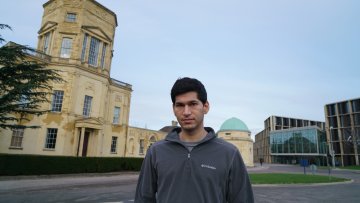The temporal rich club phenomenon
Abstract
Identifying the hidden organizational principles and relevant structures of complex networks is fundamental to understand their properties. To this end, uncovering the structures involving the prominent nodes in a network is an effective approach. In temporal networks, the simultaneity of connections is crucial for temporally stable structures to arise. In this work, we propose a measure to quantitatively investigate the tendency of well-connected nodes to form simultaneous and stable structures in a temporal network. We refer to this tendency as the temporal rich club phenomenon, characterized by a coefficient defined as the maximal value of the density of links between nodes with a minimal required degree, which remain stable for a certain duration. We illustrate the use of this concept by analysing diverse data sets and their temporal properties, from the role of cohesive structures in relation to processes unfolding on top of the network to the study of specific moments of interest in the evolution of the network.
Article link: https://www.nature.com/articles/s41567-022-01634-8


